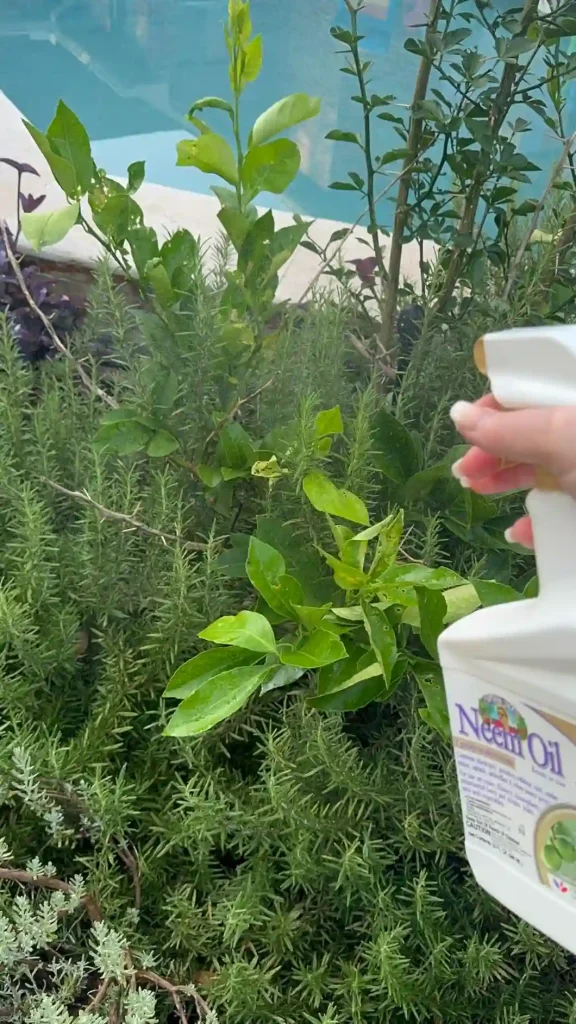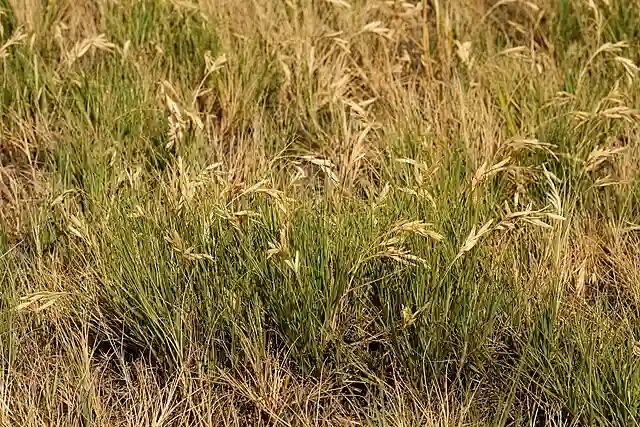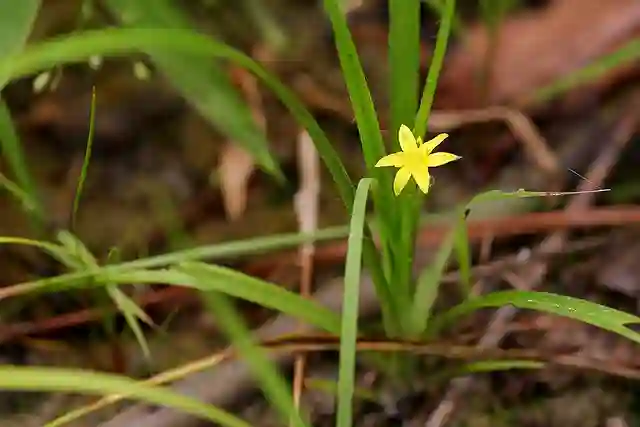What is Hoya Tanggamus?
For the discerning houseplant enthusiast, the Hoya Tanggamus beckons with its captivating foliage and elusive nature. This stunning vine, native to the rainforests of Indonesia, boasts deep green leaves adorned with prominent veins, adding a touch of lush elegance to any indoor space.
Here, I, Ferb Vu, delve into the world of Hoya Tanggamus, answering your burning questions about its care, growth habits, and how it compares to its botanical cousins.
566 Species in Genus Hoya
Where can I find a Hoya Tanggamus?
Due to its recent discovery and ongoing classification, Hoya Tanggamus remains a relatively rare houseplant. Online retailers specializing in unique and exotic flora often carry them. Be prepared for a slightly higher price tag compared to more common Hoya varieties.
Is it a true Hoya species?
Technically, the jury’s still out. Often referred to as “Hoya sp. Tanggamus,” the “sp.” denotes an undescribed species. This means botanists haven’t yet definitively classified it within the Hoya genus. However, its resemblance to other Hoyas and its climbing growth habit strongly suggest its place in this captivating plant family.
Is Hoya Tanggamus difficult to grow?
The good news is, Hoya Tanggamus adapts surprisingly well to typical home environments. Here are some key things to remember:
- Light: Provide bright, indirect light. Avoid harsh midday sun, which can scorch the leaves.
- Watering: Water deeply when the top inch or two of soil dries out. Allow for proper drainage to prevent root rot. Reduce watering frequency during winter.
- Temperature and Humidity: Aim for temperatures between 60-85°F (15-29°C) and moderate to high humidity (45-60%). Grouping your Hoya Tanggamus with other humidity-loving plants or using a pebble tray can help maintain moisture levels.
- Soil: Use a well-draining, airy potting mix specifically formulated for houseplants or orchids.
How big does it get?
Hoya Tanggamus is a vining plant that can reach several feet in length with proper care. Provide a trellis or moss pole for it to climb and showcase its cascading foliage.
Can I propagate my Hoya Tanggamus?
Absolutely! Stem cuttings are the most common method. Take a healthy stem with a few nodes, remove the lower leaves, and dip the cut end in rooting hormone (optional). Plant it in a pot with moist, well-draining soil and maintain consistent warmth and humidity.
How long does it take for cuttings to root?
Be patient! Rooting can take several weeks, so don’t be discouraged if you don’t see immediate results.
Does Hoya Tanggamus flower?
Yes, but flowering might take some time, especially for younger plants. The blooms are typically clusters of small, star-shaped flowers with a sweet fragrance, similar to other Hoyas.
Is Hoya Tanggamus toxic to pets?
Like many Hoyas, Hoya Tanggamus contains sap that can be mildly irritating to pets if ingested. It’s best to keep it out of reach of curious cats and dogs.
How does Hoya Tanggamus compare to Hoya Carnosa?
Both Hoya Tanggamus and Hoya Carnosa (commonly known as the Wax Plant) are beautiful climbers with lush foliage. However, Hoya Tanggamus boasts larger leaves with a more pronounced vein structure, offering a more dramatic look. Hoya Carnosa, on the other hand, is generally easier to find and may flower more readily.
Hoya Tanggamus vs Hoya Krimson Queen
Hoya Krimson Queen, known for its variegated heart-shaped leaves, is another popular choice. While both share the climbing habit, Hoya Krimson Queen’s foliage offers a vibrant splash of color, while Hoya Tanggamus focuses on the deep green tones and contrasting veins.
Hoya Tanggamus vs Clemensiorum
Hoya Tanggamus, with its distinct oval leaves adorned by intricate veins and delicate star-shaped flowers emitting a sweet fragrance, exudes an aura of elegance and exotic allure. On the other hand, Hoya Clemensiorum boasts its own beauty, characterized by its waxy leaves and clusters of exquisite blooms.
Ultimately, the choice depends on your personal preference. If you seek a unique and captivating plant with stunning foliage, Hoya Tanggamus might be the perfect addition to your houseplant collection.
If i die, water my plants!



